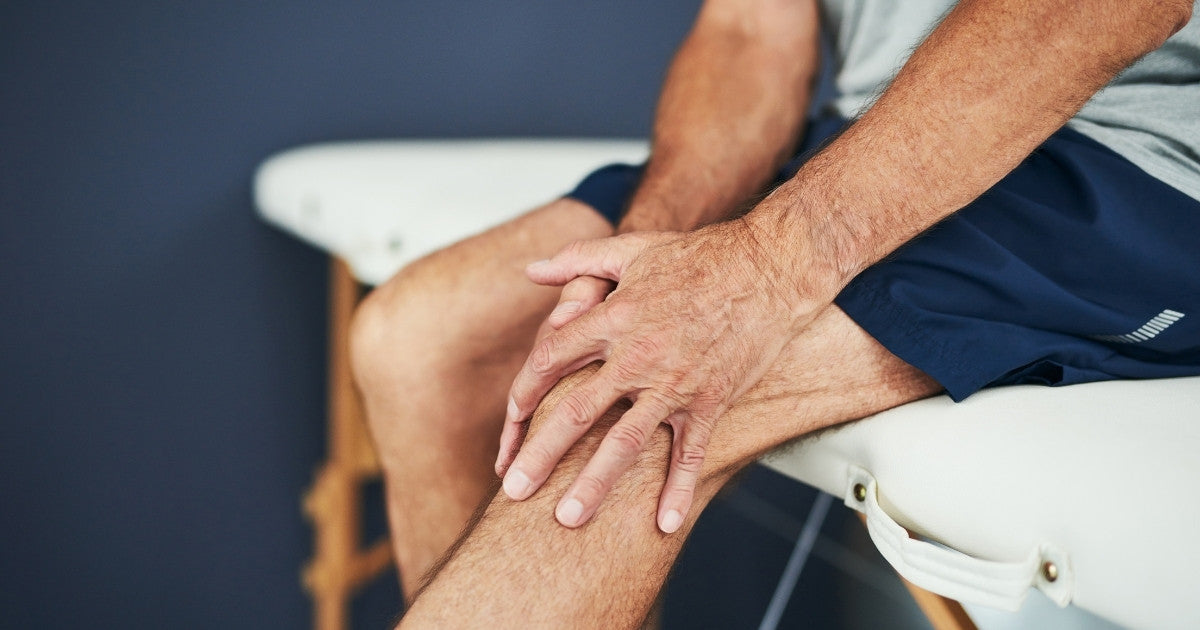When it comes to chronic conditions, arthritis is one of the most common. According to the Center for Disease Control and Prevention (CDC), it affects more than 53 million adults in the United States alone. However, arthritis is a broad term used to describe a group of over 100 different conditions. In this blog, we’ll explore the most common types of arthritis and their effects, causes, and treatments.
What is Arthritis?
Arthritis is a chronic condition that can cause pain, stiffness, swelling, and other symptoms. Although it can affect people of all ages, it is most common in adults over the age of 65. It’s also more common in women than men.
The most common form of arthritis is osteoarthritis, which affects more than 30 million adults in the United States. Other common types include rheumatoid arthritis, gout, and fibromyalgia. While these different types of arthritis all have similar symptoms, they are caused by different underlying conditions, and they have different treatments and management strategies.
Osteoarthritis
Osteoarthritis is a degenerative joint disease that occurs when the protective cartilage that cushions the ends of the bones wears down. It most commonly affects the knees, hips, and hands, but can also occur in the spine and other joints. It’s believed to be the result of a combination of factors, including age, genetics, and lifestyle factors such as obesity and joint injuries. It’s also more common in women, particularly after menopause.
The most common symptoms include pain, stiffness, and swelling in the affected joints, particularly after prolonged periods of inactivity or overuse. Other symptoms may include a cracking or popping sound when moving the joint, limited range of motion, and the development of bone spurs around the affected joint. Treatment typically involves a combination of lifestyle changes, such as weight loss, exercise, physical therapy, or medications. Explore natural remedies for back pain.
Rheumatoid Arthritis
Rheumatoid Arthritis (RA) is a chronic autoimmune disease that affects the joints, leading to inflammation and pain. It is a progressive disease, and if left untreated, can cause permanent joint damage and disability. RA can occur at any age, but it most commonly develops in women in their 30s and 40s. It’s believed to be the result of a combination of genetic and environmental factors. The immune system mistakenly attacks healthy tissue, leading to inflammation in the joints and other body parts. This can lead to damage to the cartilage, bone, and other tissues.
The most common symptoms of RA include joint pain, stiffness, and swelling, especially in the fingers, wrists, and feet. Other symptoms may include fatigue, low-grade fever, and weight loss. In some cases, RA can also affect other organs, such as the lungs and eyes.
Treatment for RA aims to manage symptoms and slow the progression of the disease. This can involve a combination of medications to manage inflammation and pain or biologic medications that target specific aspects of the immune system. Physical therapy and regular exercise can also help improve joint function. Read more about pain relief methods.
Gout
Gout is caused by the buildup of uric acid crystals in the joints. It’s more common in men and usually affects people between the ages of 40 and 50. It usually affects the joint at the base of the big toe, but it can also affect other joints such as the ankles, knees, wrists, and fingers.
The cause is associated with high levels of uric acid in the blood produced when the body breaks down purines found in many foods. When there is too much uric acid in the blood, it can form sharp crystals that deposit in the joints, leading to inflammation and pain. The most common symptoms include sudden, intense pain, swelling, and redness in the affected joint. Some people may also experience fever and fatigue.
Treatment for Gout involves lifestyle changes such as a low-purine diet, avoiding alcohol, and staying hydrated. In some cases, medications that lower uric acid levels may be prescribed to prevent future attacks. Discover more ways to reduce inflammation.
Fibromyalgia
Fibromyalgia is a complex condition thought to be the result of the excessive processing of pain signals in the central nervous system, leading to an amplification of pain signals in the body. Fibromyalgia can occur at any age, but it is more common in women than in men.
It’s believed to be related to a combination of genetic and environmental factors, including physical or emotional trauma, infections, and changes in brain chemistry. The most common symptoms include widespread pain and tenderness, fatigue, sleep disturbances, and cognitive difficulties such as memory problems and difficulty concentrating. Other symptoms may include headaches, irritable bowel syndrome, and sensitivity to light and noise.
Treatment for fibromyalgia often involves a combination of medications (antidepressants, anticonvulsants, and muscle relaxants), cognitive-behavioral therapy, physical therapy, and exercise programs. Read more about managing fibromyalgia.
Managing Pain and Inflammation Caused By Arthritis
Although arthritis comes in different forms, each causes pain, swelling, and inflammation. While it’s important to correctly diagnose your arthritis in order to receive the correct treatment plan from a medical expert, you can also help treat your pain while at home.
LUMINAS Relief Electroceutical Patches have the ability to bring you long-lasting and fast-acting relief that is also budget-friendly and drug and chemical-free. Plus, since there are no active ingredients, drug-to-drug interactions are not an issue. This means you can wear them while taking prescribed medications or other supplements. Explore the benefits of LUMINAS Relief Patches.
Arthritis can be a serious challenge, but we can fight back!



Share:
How Exercise Helps Pain and Inflammation
Immersed in Healing: 5 Benefits of Hydrotherapy